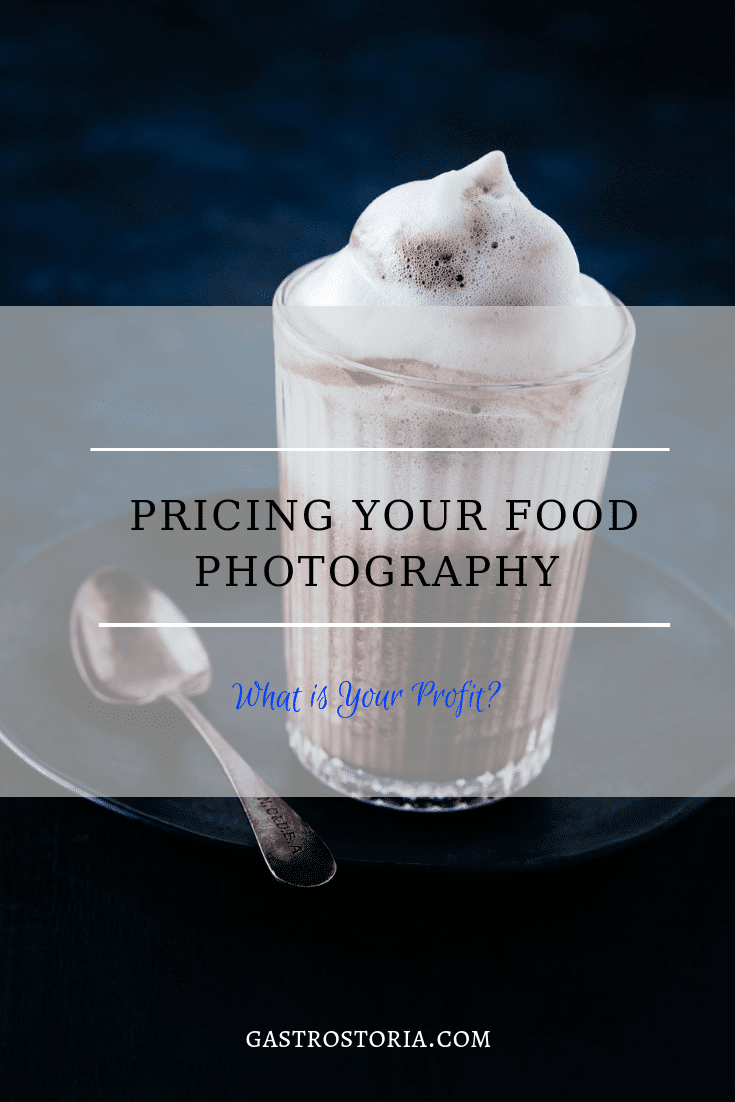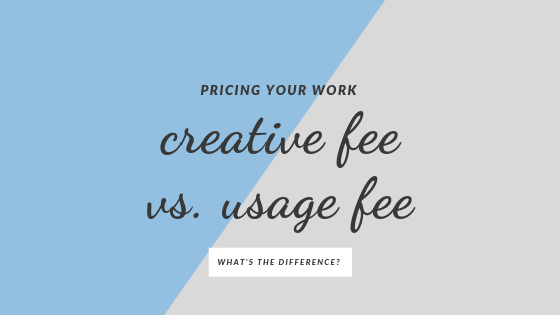In my last post, I talked about knowing your cost of doing business when trying to figure out what to charge for your photography.
Today I want to share some more thoughts about pricing your work.
When you quote on commercial photography jobs, there are often several line items to consider. You might need to hire a food stylist, an assistant, a digital imaging tech, to rent an studio etc. These are the charges that will remain relatively consistent from invoice to invoice.
What can be vastly different is your own profit, which will be reflected in the two most important line items in your estimate: the Creative Fee and the Usage or Licensing Fee.
This is how you get paid for your work and you need to separate these fees out.
Every photographer estimates and charges differently, however, if you’ve been lumping these line items together, you can be doing yourself and your client a disservice.
Let’s take a look at why.

I live in Vancouver, Canada, where it seems that a lot of clients and even agencies talk about “day rate”.
Maybe a lot of photographers are charging this way, but day rate gives the impression that you’re charging for the number of hours you work on a shoot day, for example, eight or ten hours.
As a food photographer, you know that pulling off the job is much more involved.
There is all the pre-production like hiring staff, shopping for props, securing the studio, meeting with or corresponding with the client, that you don’t necessarily charge on the invoice, but they should be taken into account.
The creative fee covers your labour, from start to finish. You can include post-production, but I recommend separating that out as well.
The usage fee on the other hand, you should think of as your profit.
With usage, you are granting your client very specific rights about how they can use the images you’ve shot for them, and the length of time they can use them for.
You retain the copyright to your images; you’re just allowing them “borrow” them.
The problem is that inexperienced clients think that once they have paid you to take pictures for them, that they own the pictures. They do not.
The photo creation part is a commission to shoot images that align with their brand and vision for their campaign. The usage of those images is separate from that.
Educating your clients on this is very important. This is one reason why it’s good to have this licensing fee separate from the creative fee. It can be a great springboard for that conversation.
The more you communicate upfront, the less chance of things going sideways and unmet expectations.

The other reason I recommend having a separate usage fee is that clients better understand what they are paying for.
They’re not going to look at one huge number and get sticker shock because they don’t understand what all that money is going towards.
Breaking everything down makes sense and is also an ethical business practice.
Usage is a very tricky part of the business and estimating. There is no magic number because photography is not a business that is based on hours-for-dollars in the strictest sense.
A tradesman like a plumber or electrician might charge handsomely by the hour for their labour, but your profit is based on how many people will see your image.
Starbucks has a massively wider audience than your local fish and chips joint, which is why the photographers that shoot their campaigns will make thousands of dollars more shooting for them than they will shooting for Mom-and-Pop.
Photography helps businesses make money. The wider the exposure of the photograph, the more money they can make.
This is the world of advertising.
You need to approach your pricing with this foremost in mind.
Ask yourself, who is the target audience for this image? How will it be used and for how long?
These days, the question for “how long” is becoming less relevant. In today’s image-saturated world, most photographs are not going to stick around for five years. They will grow stale before long. One or two years is usually a good licensing term. If your clients want to extend it after that, they can pay you an additional fee at that time. Just make sure they understand this up front.

Also ensure that you have a written contract that outlines these terms specifically.
I usually don’t supply these to clients until they have paid me, and they also cannot use my images publicly until they have done so, or they are violating my copyright. I make sure to put this disclaimer on my invoices.
If you want to learn more about usage agreements, take a look at this article I wrote for Digital Photography School.
Let me know if you have any questions about these two line items on a commercial photography invoice.
If you haven’t subscribed to the blog yet, be sure to sign up to get my free resource library, including my free restaurant photography guide and eBook on shooting dark and moody food photography.







3 Responses
Thank you, and perfect timing for me! Great advice regarding the separation of creative and licensing fees. Before confirming a job, do you tend offer an estimate at the initial client meeting or after a discussion of their expectations?
I’m glad you found it helpful! You need to completely understand the scope of the project and ask lots of questions to determine that. They might try to pin you down for a number but don’t give them one. Every shoot is different. After your meeting you can go away and figure out how much time it will take you, your expenses, how much you want for usage etc and come up with an estimate. After that, the estimate is fixed unless there is further discussion with the client about changes.
muito bom Darina. Seus artigos são muito precisos e importantes. Obrigado. Continue, menina!
Saude